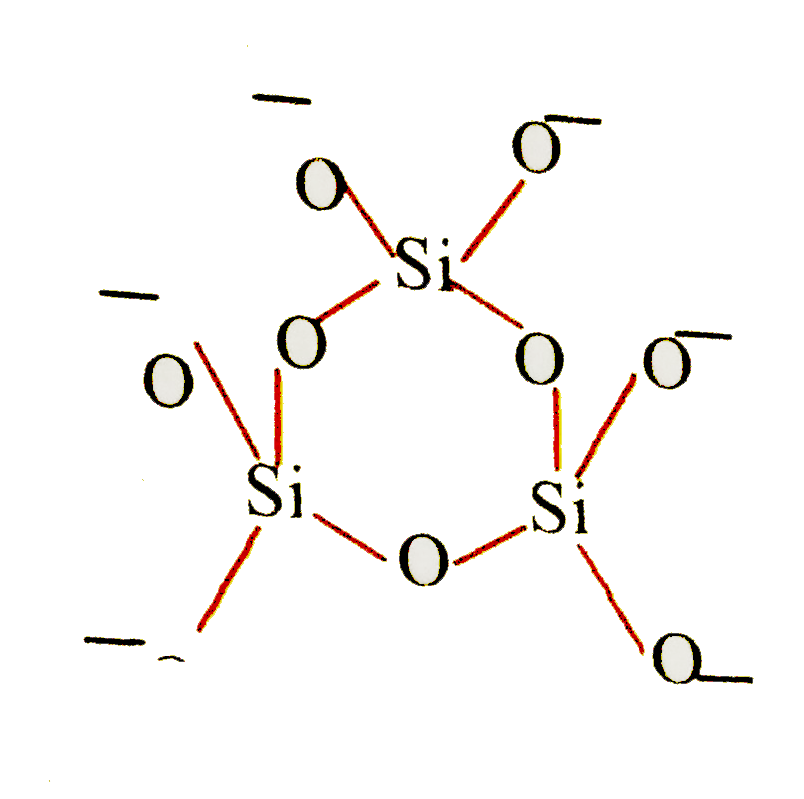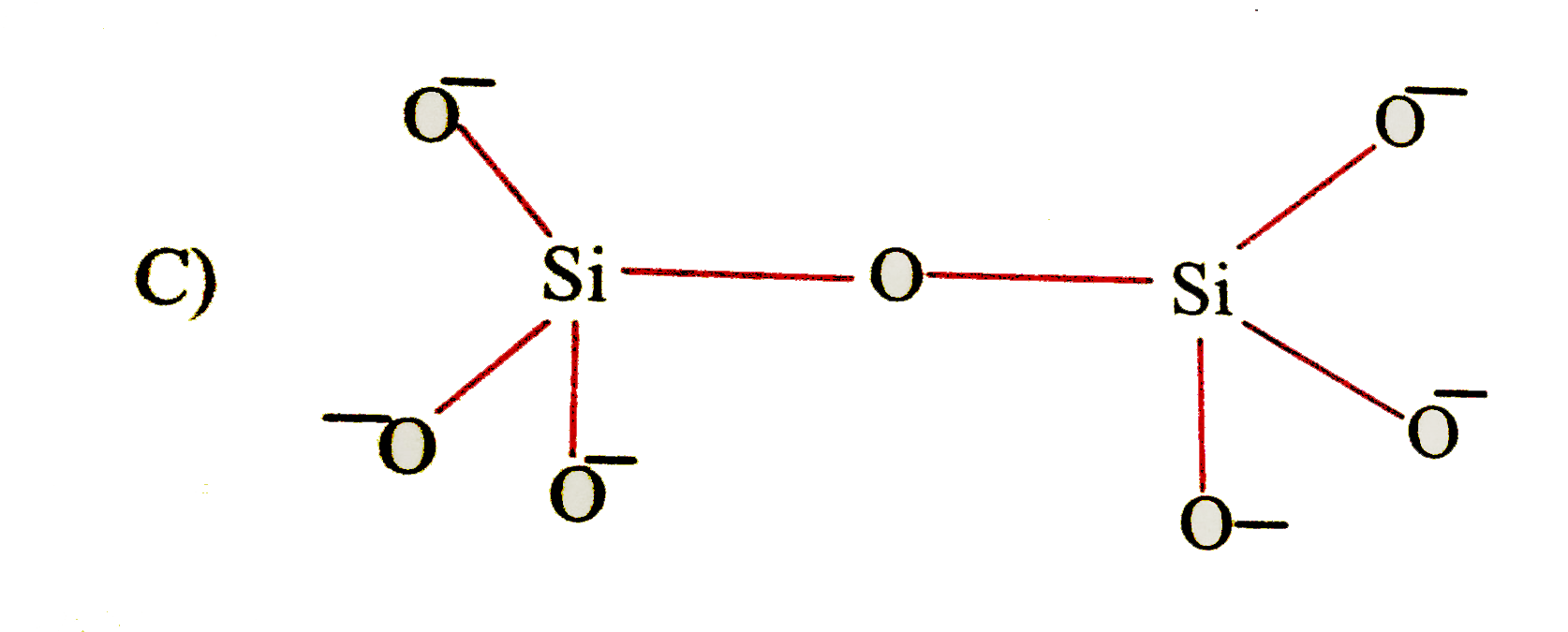Which of the following transitions do represents first ionisation potential ?
M−(g)→M(g)
M(g)→M+(g)
M+(g)→M2+(g)
M+2(g)→M3+(g)
The correct Answer is:B
To determine which transition represents the first ionization potential, we need to understand the concept of ionization potential and how it is represented in chemical equations.
1. Understanding Ionization Potential:
- The first ionization potential (IP) refers to the energy required to remove the most loosely bound electron from a neutral atom in its ground state, resulting in a positively charged ion.
2. Identifying the Transition:
- The transition for the first ionization potential can be represented as:
M (g)→M+(g)+e−
- Here, M represents a neutral atom in the gaseous state. When it loses one electron, it becomes a cation (M⁺).
3. Analyzing Options:
- We need to look at the given options and identify which one matches the above transition.
- The correct representation of the first ionization potential will show a neutral atom converting to a cation with the release of an electron.
4. Conclusion:
- After analyzing the options, we find that option B represents the correct transition for the first ionization potential:
M (g)→M+(g)+e−
Final Answer:
- The transition that represents the first ionization potential is option B.
---
- The first ionization potential (IP) refers to the energy required to remove the most loosely bound electron from a neutral atom in its ground state, resulting in a positively charged ion.
- The transition for the first ionization potential can be represented as:
M (g)→M+(g)+e−
- Here, M represents a neutral atom in the gaseous state. When it loses one electron, it becomes a cation (M⁺).
- We need to look at the given options and identify which one matches the above transition.
- The correct representation of the first ionization potential will show a neutral atom converting to a cation with the release of an electron.
- After analyzing the options, we find that option B represents the correct transition for the first ionization potential:
M (g)→M+(g)+e−
- The transition that represents the first ionization potential is option B.
Topper's Solved these Questions
Similar Questions
Knowledge Check
Which of the following order is correct for the first ionisation potential of B, C and N?
AC>B>NBN>C>BCN>C<BDN<C<BWhich of the following sequence regarding the first ionisation potential of coinage metal is correct?
ACu>Ag>AuBCu<Ag<AuCCu>Ag<AuDAg>Cu<AuWhich of the following do not represent pyrosilicates ?
A B
B C
C D
D
Which of the following element has maximum, first ionisation potential?
View SolutionWhich of the following has the highest first ionisation enthalpy ?
View SolutionWhich of the following is the incorrect order of first ionisation enthalpy?
View SolutionWhich of the following does not affect the ionisation potential of the atom ?
View SolutionWhich of the following does not affect the ionisation potential of the atom ?
View Solution

